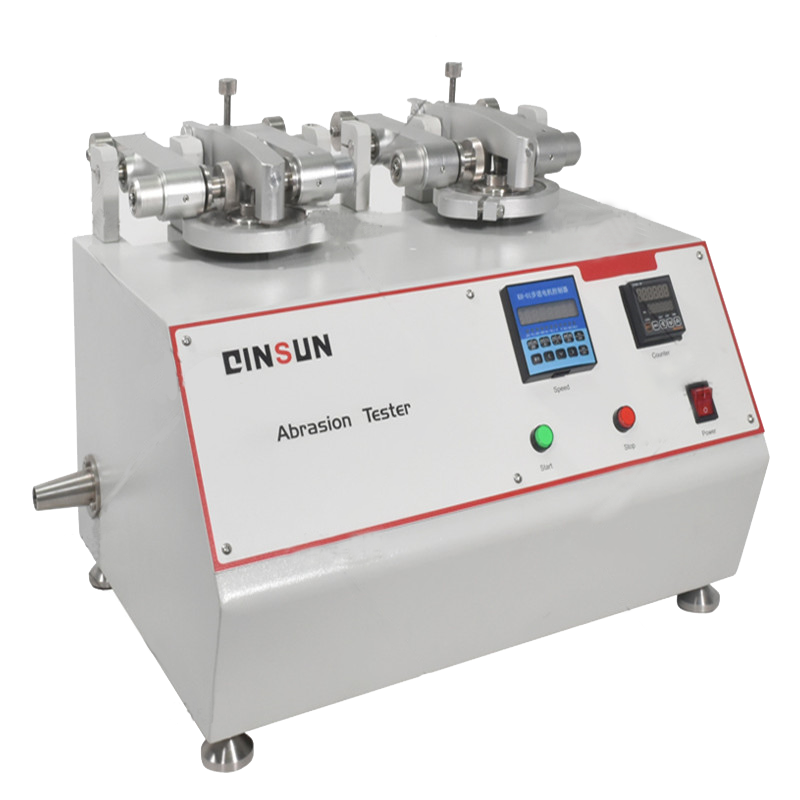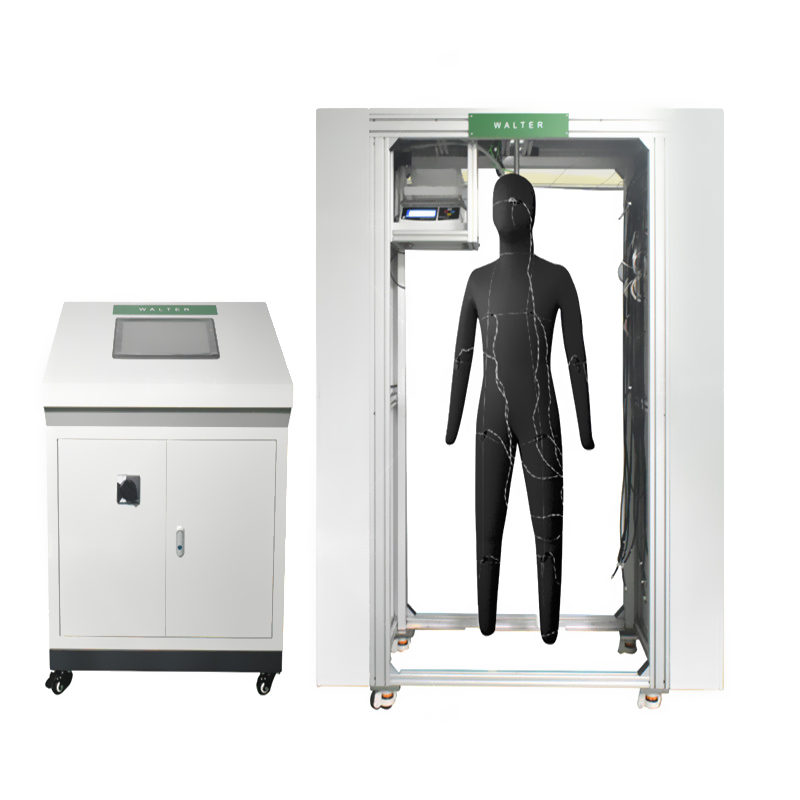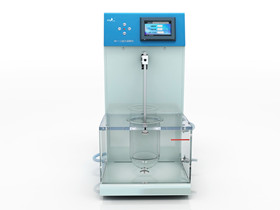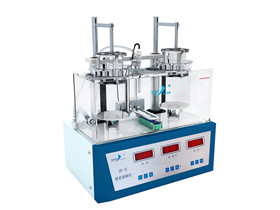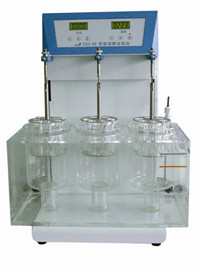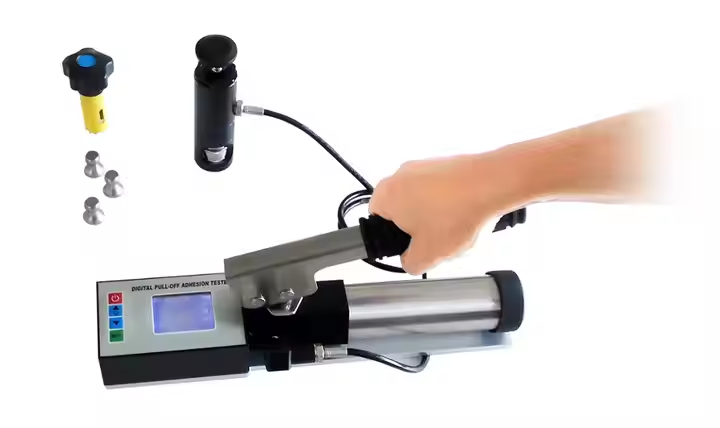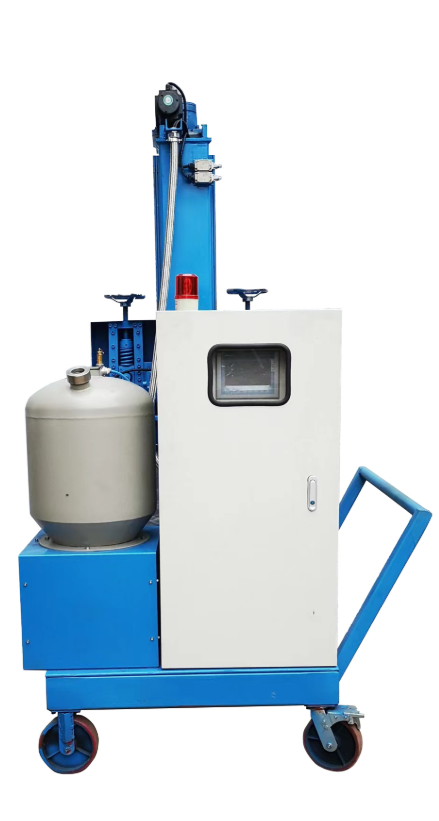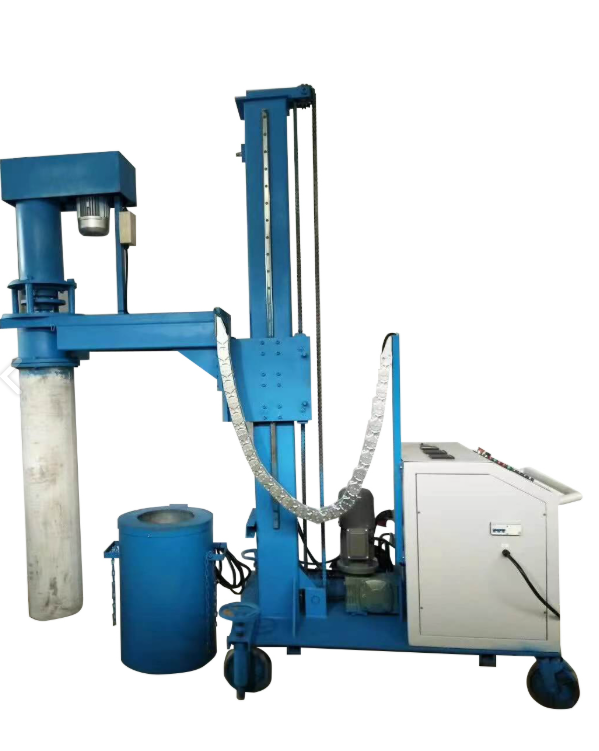High Efficiency Filter Material Filtration Performance Tester
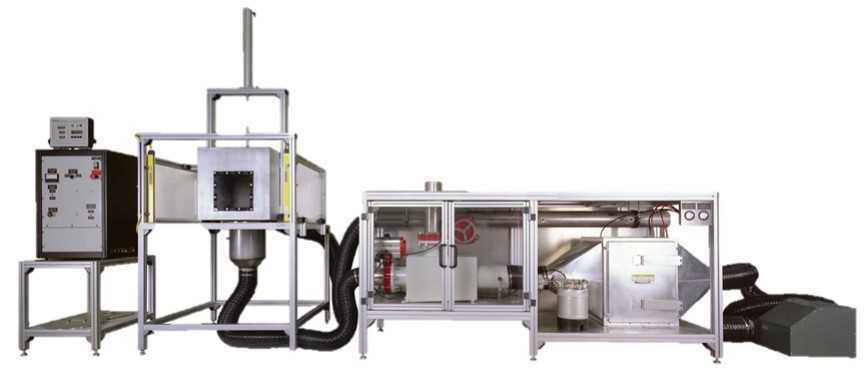
Introduction
The new high efficiency filter material filtration performance tester uses the current international mainstream particle counting method, the high efficiency and high flow laser particle counter scan and test the entire air surface in order to give the basic filtration performances of HEPA / ULPA filter material filtration efficiency, particle permeability, most easily penetrate the particle size (MPPS) and other high efficient filter material. The filter material dust removal capacity test combines with endurance test module to achieve the university filter material periodic test, obtain the dynamic filtration performance of the filter material and the effective filtration lifetime.
Application
High efficiency filter material filtration performance tester is designed to evaluate the HEPA and ULPA filtration efficiency, MPPS, dynamic and static dust removal efficiency, filter life determination. It will quality obtain the accurate evaluation of filter material and accurately evaluate the quality of the filter material, parameters, lifetime and so on by simulating the real situation in the actual use. It provides data basis on the new filter material research and development, product quality control, material performance verification. It’s the best choice of scientific research, testing, industrial production and other areas.
Standards
1. GB/T 13554 High efficiency particulate air filter
2. EN 1822.1 High efficiency particulate air filters (HEPA and ULPA) - Part 1: Classification, performance testing, marking; German version
3. EN 1822.2 High efficiency air filters (EPA, HEPA and ULPA) Part 2: Aerosol production, measuring equipment, particle counting statistics
4. EN 1822.3 High efficiency particulate air filters (HEPA and ULPA) - Part 3: Testing flat sheet filter media; German version
5. EN 1822.5 High efficiency particulate air filters (HEPA and ULPA) - Part 5: Determining the efficiency of filter elements; German version
6. ISO 29463 High-efficiency filters and filter media for removing particles in air - Part 5: Test method for filter elements
Significance & Principle
Test dust or particles distribute with compressed air in the dust generator, averagely distribute the pipeline with uniform concentration. It forms a single dispersion of dust particles as the role of electrostatic classifier and charge neutralizer. With the help of suction pump, other side of the filter materials produce a certain suction air flow traction on the up of dust filter. It’s the way which simulates operation condition of filter materials in a constant air flow and dust concentration. By monitoring the dust or particle concentration and particle size distribution on both sides of the test filter materials, the filtration efficiency and dust permeability of the tested filter material are quickly obtained.
Dust or particles gather on the highly efficient filter material surface and in the internal part will lead to the drop of test voltage. The pressure drop before and after effects the real-time detection of differential pressure sensor.
The filtration mode of the high efficiency filter determines the filtration efficiency due to the increase of the filter energy consumption caused by the increase of the dust energy. The internal damage caused by the impact of particles improve the permeability rate and the decline of filtration efficiency.
By monitoring the filtration efficiency - particle size distribution - pressure drop curve to achieve the test sample life pre-assessment. Particle size spectrometer monitor the dust concentration as well as dust particle size distribution. It will
evaluate the static dust removal efficiency for a certain period of time and the dynamic dust removal efficiency of the filter material with the working conditions throughout the life cycle.
The bottom dust collector keeps the dust non-dispersible from the upstream of the dirty gas caused by testing filter materials to avoid the unspecified dust concentration that makes the measurement ineffective (especially the important parameter: residual pressure drop). This design achieves long-term operation with error-free to avoid the comprehensive interruption of measurement by cleaning dust deposition.
The new high efficiency filter material filtration performance tester uses the current international mainstream particle counting method, the high efficiency and high flow laser particle counter scan and test the entire air surface in order to give the basic filtration performances of HEPA / ULPA filter material filtration efficiency, particle permeability, most easily penetrate the particle size (MPPS) and other high efficient filter material. The filter material dust removal capacity test combines with endurance test module to achieve the university filter material periodic test, obtain the dynamic filtration performance of the filter material and the effective filtration lifetime.
Application
High efficiency filter material filtration performance tester is designed to evaluate the HEPA and ULPA filtration efficiency, MPPS, dynamic and static dust removal efficiency, filter life determination. It will quality obtain the accurate evaluation of filter material and accurately evaluate the quality of the filter material, parameters, lifetime and so on by simulating the real situation in the actual use. It provides data basis on the new filter material research and development, product quality control, material performance verification. It’s the best choice of scientific research, testing, industrial production and other areas.
Standards
1. GB/T 13554 High efficiency particulate air filter
2. EN 1822.1 High efficiency particulate air filters (HEPA and ULPA) - Part 1: Classification, performance testing, marking; German version
3. EN 1822.2 High efficiency air filters (EPA, HEPA and ULPA) Part 2: Aerosol production, measuring equipment, particle counting statistics
4. EN 1822.3 High efficiency particulate air filters (HEPA and ULPA) - Part 3: Testing flat sheet filter media; German version
5. EN 1822.5 High efficiency particulate air filters (HEPA and ULPA) - Part 5: Determining the efficiency of filter elements; German version
6. ISO 29463 High-efficiency filters and filter media for removing particles in air - Part 5: Test method for filter elements
Significance & Principle
Test dust or particles distribute with compressed air in the dust generator, averagely distribute the pipeline with uniform concentration. It forms a single dispersion of dust particles as the role of electrostatic classifier and charge neutralizer. With the help of suction pump, other side of the filter materials produce a certain suction air flow traction on the up of dust filter. It’s the way which simulates operation condition of filter materials in a constant air flow and dust concentration. By monitoring the dust or particle concentration and particle size distribution on both sides of the test filter materials, the filtration efficiency and dust permeability of the tested filter material are quickly obtained.
Dust or particles gather on the highly efficient filter material surface and in the internal part will lead to the drop of test voltage. The pressure drop before and after effects the real-time detection of differential pressure sensor.
The filtration mode of the high efficiency filter determines the filtration efficiency due to the increase of the filter energy consumption caused by the increase of the dust energy. The internal damage caused by the impact of particles improve the permeability rate and the decline of filtration efficiency.
By monitoring the filtration efficiency - particle size distribution - pressure drop curve to achieve the test sample life pre-assessment. Particle size spectrometer monitor the dust concentration as well as dust particle size distribution. It will
evaluate the static dust removal efficiency for a certain period of time and the dynamic dust removal efficiency of the filter material with the working conditions throughout the life cycle.
The bottom dust collector keeps the dust non-dispersible from the upstream of the dirty gas caused by testing filter materials to avoid the unspecified dust concentration that makes the measurement ineffective (especially the important parameter: residual pressure drop). This design achieves long-term operation with error-free to avoid the comprehensive interruption of measurement by cleaning dust deposition.
Note:QINSUN is very in place for textile testing and quality control,we have our own textile testing lab. Our textile testing equipment and testing methods are in the leading position in the industry. We have passed the textile testing certification and iso textile testing standards issued by a number of testing,We can provide textile testing equipment pdf manual. Sufficient inventory, big discounts, limited time promotion, Order now!
Leave Message Get Price



